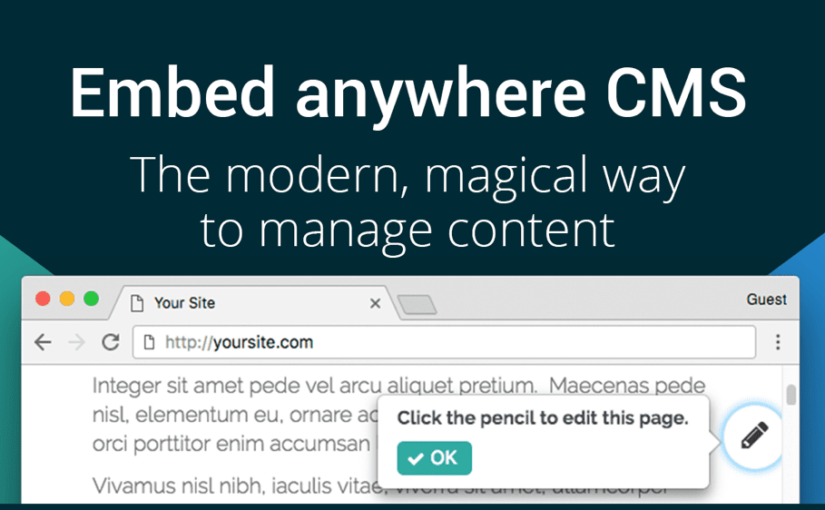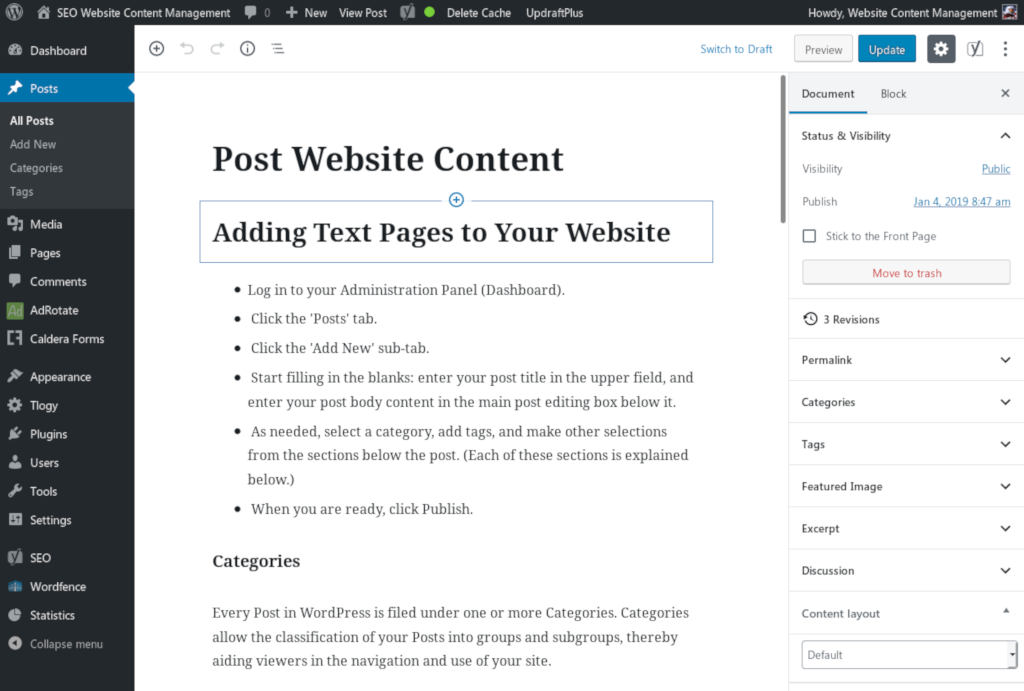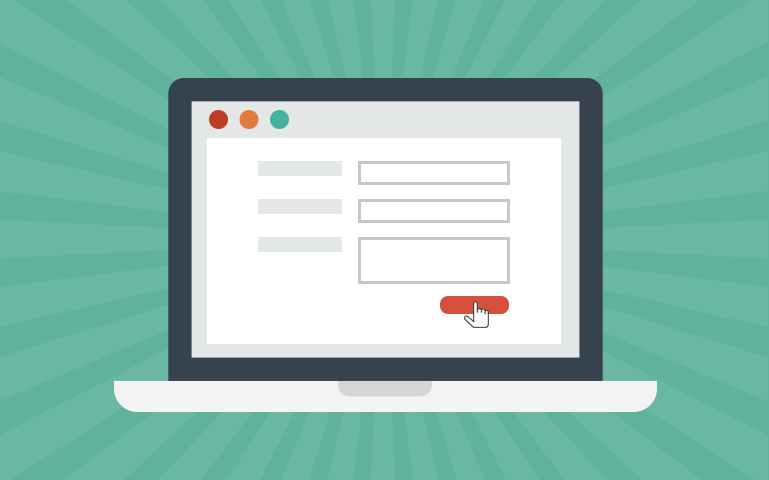Sending letters internationally is a crucial process for businesses, legal matters, and personal communication. However, ensuring that your letter reaches its destination promptly and is accepted by the recipient requires careful attention to detail. Understanding the best practices for international letter submission can help avoid unnecessary delays and complications.
Understanding International Mailing Regulations
Each country has its own mailing regulations, and failing to comply can result in rejected or delayed correspondence. Some nations require specific formats, while others demand authentication or additional documentation. Before sending an international letter, check the postal regulations of both the origin and destination countries. Government websites and official postal services often provide the most reliable guidelines.
Choosing the Right Delivery Method
The method you choose for sending an international letter depends on its purpose and urgency. Standard international mail services are cost-effective but may take longer to arrive. If the document is time-sensitive, consider express mail services or courier options like FedEx, DHL, or UPS. Registered mail and tracking options also provide an added layer of security, ensuring that your letter is not lost in transit.
Formatting Your Letter Properly
Different countries have varying formatting expectations, and following them enhances the letter’s credibility. For formal communication, use a professional tone and structure. Start with the sender’s address, followed by the date, the recipient’s address, and an appropriate salutation. Maintain clarity and conciseness, ensuring that your message is understood without unnecessary ambiguity.
Ensuring Proper Addressing and Labeling
One of the most common reasons for international mail delays is improper addressing. Always use the recipient’s full legal name and a complete, accurate address, including postal codes and country names. Some countries prefer addresses written in their native language, so consider including a translated version to avoid misinterpretation. Additionally, ensure that any required labels, such as “Documents” or “Personal Correspondence,” are correctly placed on the envelope.
Handling Language Barriers
If the recipient’s primary language differs from yours, consider providing a translated version of your letter. This helps avoid misunderstandings and ensures the recipient can fully comprehend your message. Professional translation services or language tools can be useful in maintaining accuracy and tone.
Verifying Legal and Official Document Requirements
If the letter involves legal or official matters, additional requirements such as notarization or apostille certification may be necessary. Some countries mandate that certain documents be authenticated before being recognized. Always check the legal requirements beforehand to prevent rejection due to non-compliance.
Tracking and Confirming Delivery
Once you have sent your letter, tracking its status provides peace of mind. Many international mailing services offer tracking numbers that allow you to monitor the letter’s journey. Requesting delivery confirmation ensures that the recipient has successfully received the document, which is particularly important for business or legal communications.
Submitting letters for international use requires meticulous planning and adherence to regulations. By understanding country-specific mailing rules, selecting the appropriate delivery method, formatting your letter correctly, and ensuring proper addressing, you can increase the chances of successful delivery. Whether for personal or professional purposes, following these best practices will help your correspondence reach its destination without unnecessary setbacks.













 – Never Miss the Reviews
– Never Miss the Reviews
 If you choose larger magazine or newspaper publication, the competition to obtain the spot in the editorial page can be very hard and stiff. To be able to win the competition, the quality of your letter needs to be considered so that it will be able to stand out among them. For the editorial letter, it is best to write less than 300 words. Keep your letter quick, concise and also quiet. Don’t write any controversial letter as you might not be benefited from it.
If you choose larger magazine or newspaper publication, the competition to obtain the spot in the editorial page can be very hard and stiff. To be able to win the competition, the quality of your letter needs to be considered so that it will be able to stand out among them. For the editorial letter, it is best to write less than 300 words. Keep your letter quick, concise and also quiet. Don’t write any controversial letter as you might not be benefited from it.
 For the letters appearing in the editorial page, it means that these letters have the credibility. Your letters have certain authority as they are written by common citizen. You are not the journalists of the newspapers who are trying to promote their newspapers. You are the representative of the people voice. Therefore, you need to use this editorial page effectively.
For the letters appearing in the editorial page, it means that these letters have the credibility. Your letters have certain authority as they are written by common citizen. You are not the journalists of the newspapers who are trying to promote their newspapers. You are the representative of the people voice. Therefore, you need to use this editorial page effectively.
 – The Purpose
– The Purpose
 – Include the Required Information
– Include the Required Information
 – The Reason to Send Letter to the Editor
– The Reason to Send Letter to the Editor
 – Grab the Attention of the Readers
– Grab the Attention of the Readers
 – Who Send the Letter to the Editors?
– Who Send the Letter to the Editors?